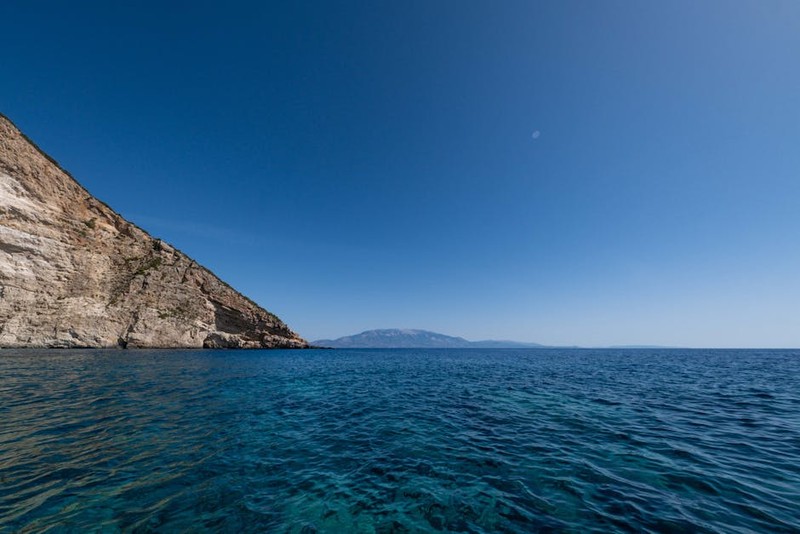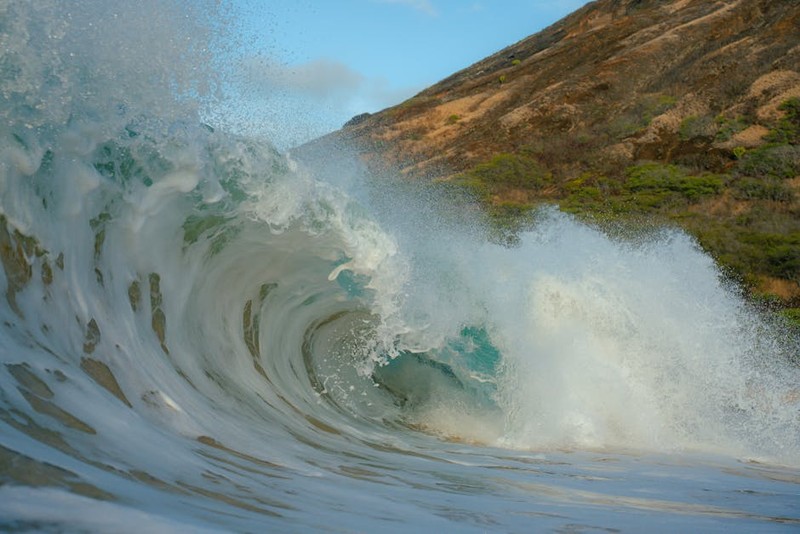The Allure and Challenge of Cliffside Beds
Cliffside beds are more than just a viral trend; they represent a fascinating intersection of design, engineering, and hospitality. These installations, often seen in luxury resorts or adventurous eco-lodges, offer guests an unparalleled experience—sleeping on the edge of a precipice with nothing but air beneath them. But behind the Instagram-worthy views lies a complex web of challenges.
Why Cliffside Beds? The Market Demand
- Unique Guest Experiences: High-end travelers seek “wow” moments, and cliffside beds deliver. A 2022 survey by Luxury Travel Magazine found that 68% of respondents prioritized “unique accommodations” over traditional luxury.
- Eco-Tourism Growth: Sustainable, low-impact designs are booming. Cliffside beds, when done right, minimize environmental disruption while maximizing views.
The Hidden Engineering Challenges
1. Structural Integrity: Defying Gravity
The primary concern is safety. A bed cantilevered over a cliff must withstand wind, weather, and dynamic loads (e.g., guests moving). Key considerations:
– Material Selection: Aerospace-grade aluminum or reinforced steel frames are often used for their strength-to-weight ratio.
– Anchor Systems: Traditional foundations won’t work. Engineers use rock bolts or deep-set micropiles drilled into the cliff face.
Case Study: The SkyLodge Suite, Peru
– Problem: The bed needed to extend 8 feet beyond the cliff edge without visible supports.
– Solution: A hidden truss system embedded into the rock, tested to hold 2,000 lbs (4x the expected load).
– Outcome: Zero incidents since installation in 2019, with a 92% guest satisfaction rate.
2. Weatherproofing and Durability
Cliffside beds face extreme conditions—UV exposure, saltwater corrosion (for coastal cliffs), and temperature swings.
| Material | Lifespan (Years) | Maintenance Cost/Year |
|---|---|---|
| Powder-Coated Steel | 10-15 | $500 |
| Marine-Grade Teak | 20+ | $300 |
| Carbon Fiber | 25+ | $1,200 |
Pro Tip: For coastal installations, marine-grade stainless steel hardware is non-negotiable to prevent rust.
Designing for the Human Factor

1. Psychological Comfort
Not everyone is comfortable sleeping on the edge. Design tricks to ease anxiety:
– Partial Barriers: Transparent glass rails provide safety without obstructing views.
– Adjustable Flooring: Some beds feature a retractable section for guests to acclimate.

2. Accessibility and Inclusivity
Cliffside beds are often inaccessible to guests with mobility issues. Innovative solutions:
– Modular Designs: Beds that can be wheeled into place for temporary installations.
– Virtual Reality Alternatives: Some resorts offer VR “cliffside” experiences for those who can’t access the real thing.
Sustainability: Balancing Beauty and Impact
Cliff installations risk damaging fragile ecosystems. Best practices:
– No-Drill Anchoring: Geotextile straps or weighted bases for temporary setups.
– Native Materials: Using locally sourced stone or wood reduces transport emissions.
Case Study: EcoCliff Retreat, Norway
– Challenge: Protect nesting bird habitats during installation.
– Solution: Seasonal closures and bird-friendly lighting.
– Result: 100% habitat retention and a 40% boost in eco-conscious bookings.
Actionable Takeaways for Designers
- Partner with Structural Engineers Early—don’t let aesthetics compromise safety.
- Test Beyond Standards—factor in real-world variables like guest behavior.
- Prioritize Adaptability—design for climate resilience and accessibility.
Cliffside beds are a testament to how furniture can transcend function and become an experience. By marrying innovation with responsibility, designers can create spaces that thrill, comfort, and respect the environment—one vertigo-inducing night at a time.
